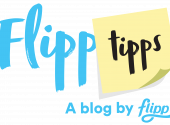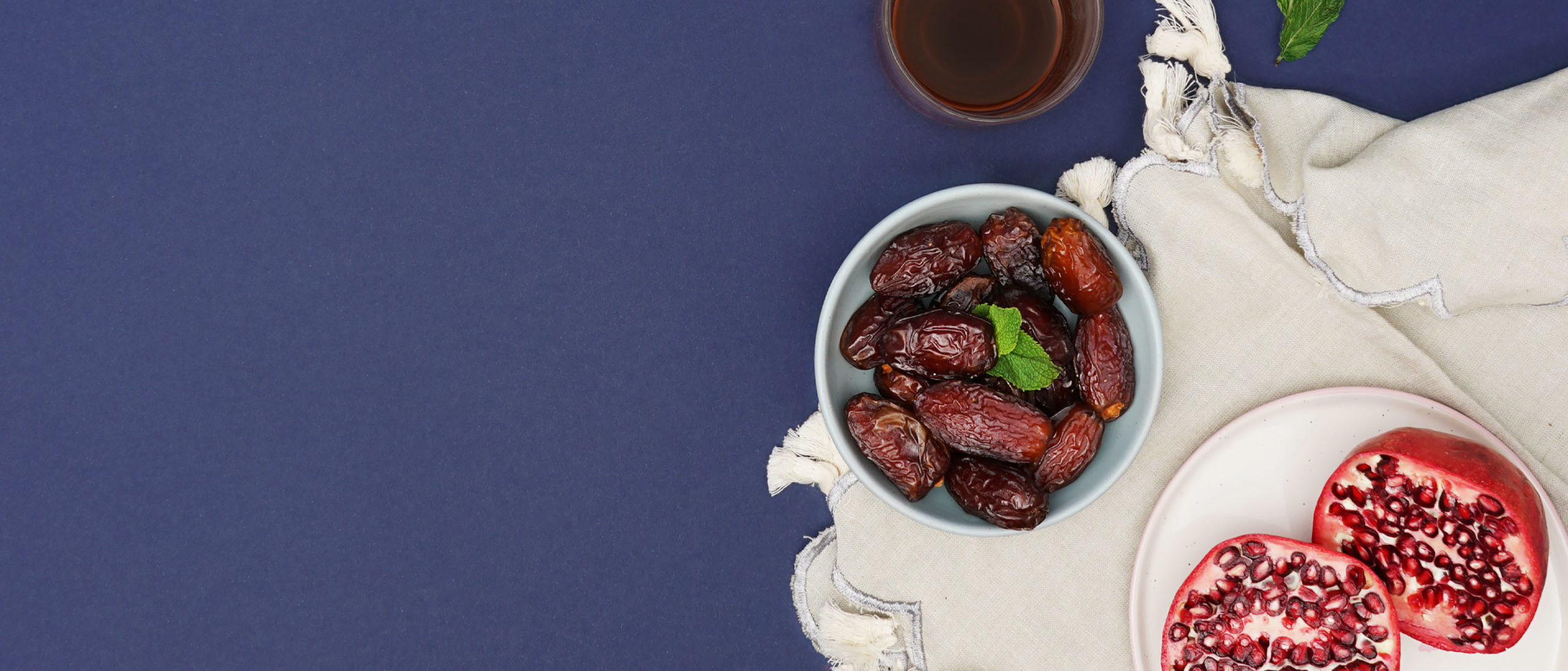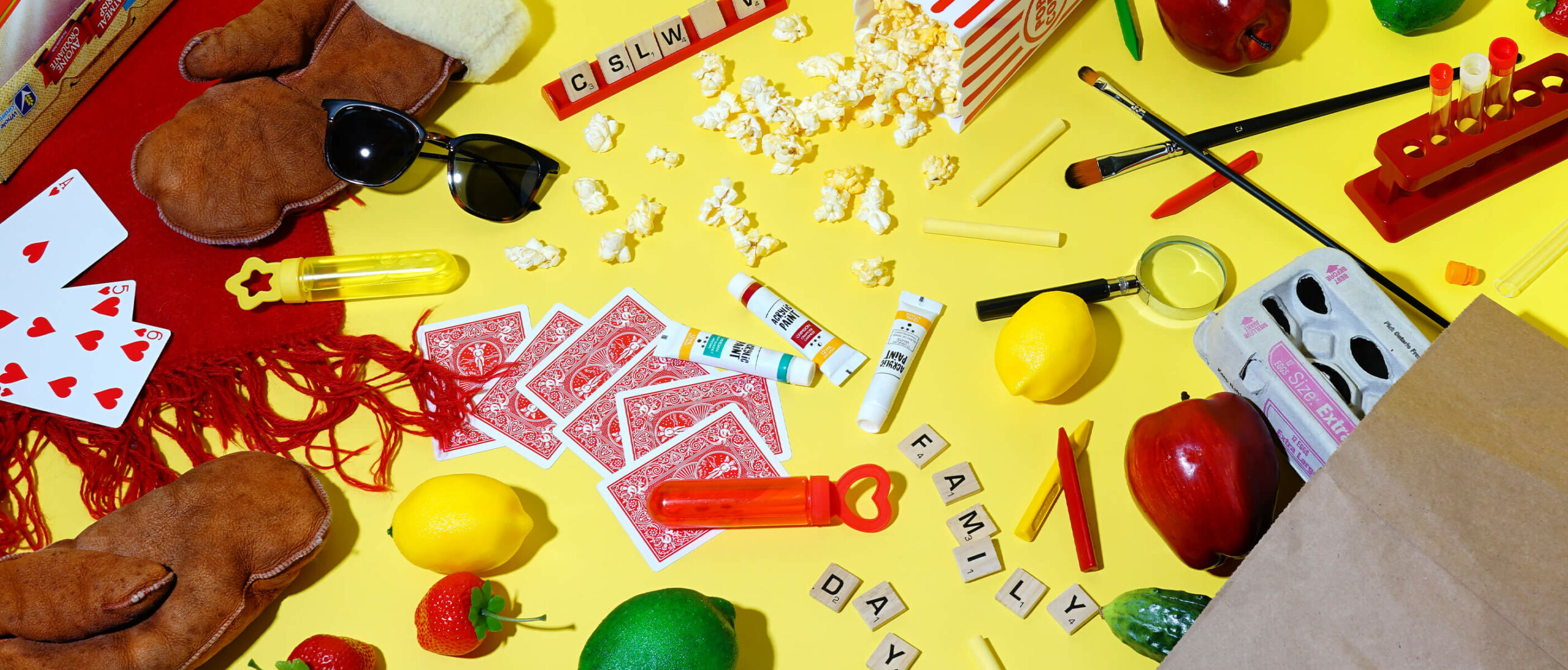Thinking about adding a pop of color and life to your home this spring? Houseplants can be an easy and budget-friendly way to decorate. I’ve selected my top five houseplants that are not only budget-friendly, but also beginner-friendly. All of these plants are reasonably priced and depending on your location can usually be found in a local nursery or retailer without much effort. I’ve included some care tips for each plant, along with some budget-friendly tips that I recommend for all plants.
1. ZZ Plant
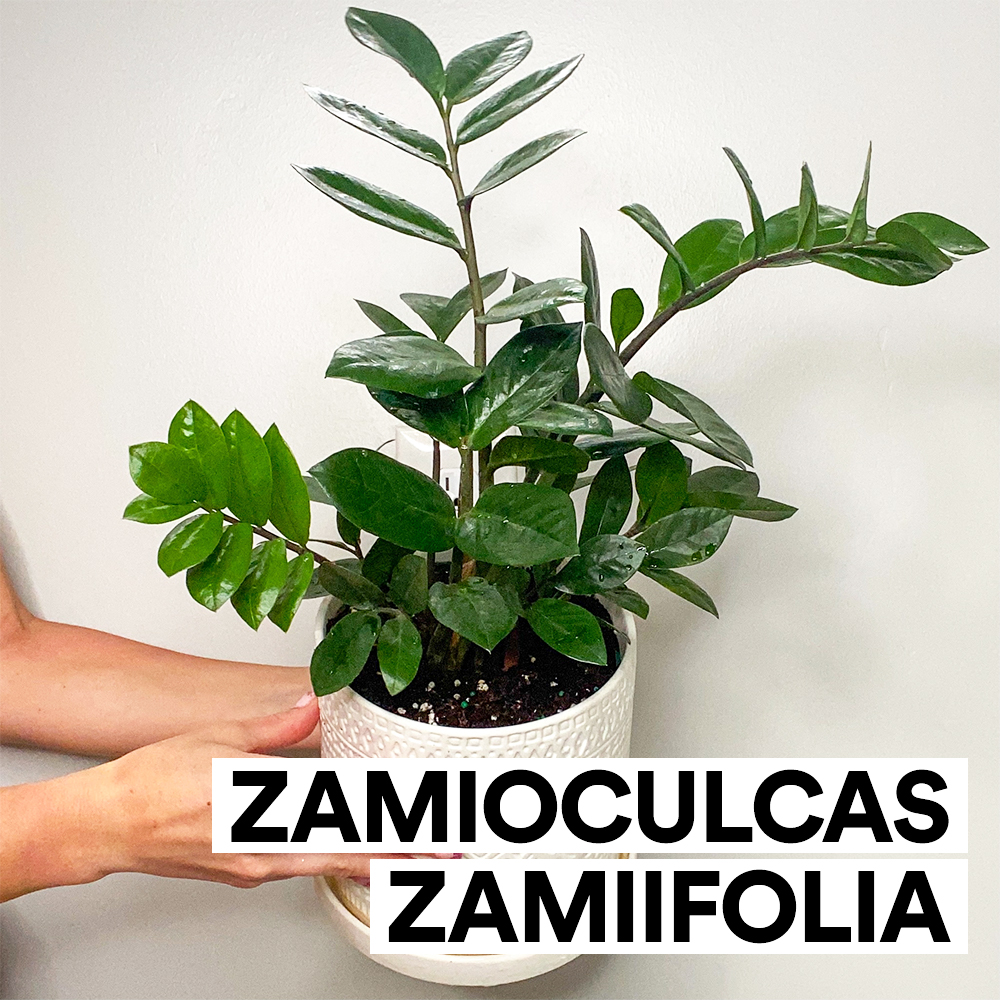
The Zamioculcas Zamiifolia offers beautiful, waxy leaves, and low maintenance, making it the perfect plant for a beginner. It grows thick rhizomes at the bottom of the stem which holds water making the plant drought resistant, perfect for a forgetful plant parent. It can survive anywhere from lower to bright, indirect lighting. It will grow slower in lower lighting, so if you aren’t interested in repotting every year, then you can choose the conditions that suit your preferences.
Care Tips:
- Low to bright, indirect lighting
- Allow the soil to almost completely dry out, then soak thoroughly and let drain
- Water less frequently in the colder months and in lower lighting conditions
- Fertilize once a month from spring through fall, use fertilizer at half strength
2. Sansevieria or Snake Plant

The Sansevieria, also known as a ‘Snake Plant,’ comes in many different varieties to match your space. The spear-like foliage is known for purifying the air. They are very easy to care for because they essentially thrive from neglect. Overwatering is the number one killer of this plant so less is more, but otherwise is very simple to care for. Very resistant to pests or diseases, you’ll be shocked at how little attention it needs to look healthy and aesthetic.
Care Tips:
- Low to bright, indirect lighting
- Allow the soil to almost completely dry out, then soak thoroughly and let drain
- Water less frequently in the colder months and in lower lighting conditions
- Fertilize once a month from spring through fall, use fertilizer at half strength
3. Heartleaf Philodendron
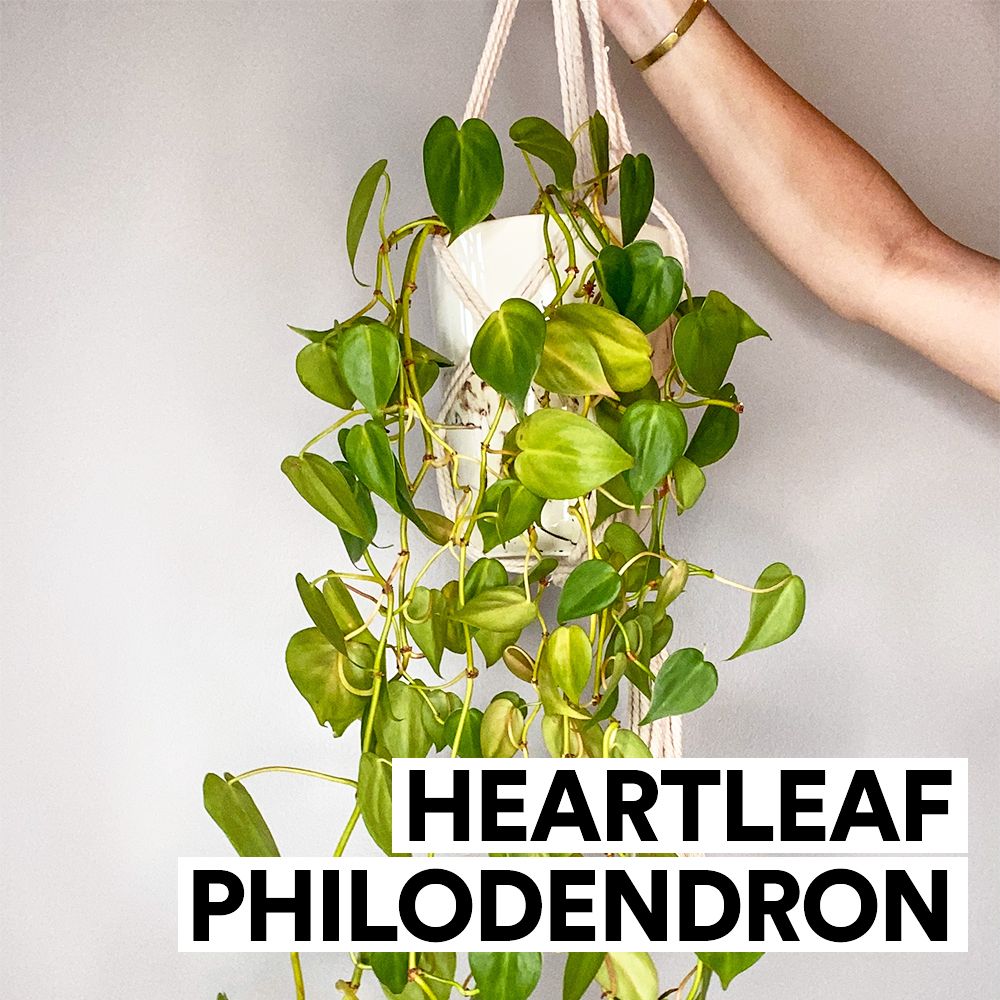
This quick-growing plant has shiny, heart-shaped leaves that you can let trail or climb on a pole or wall. My favorite is to let it trail in a hanging planter in a window, giving your room jungle vibes. If you choose to let it climb on a pole or something similar, it will grow larger leaves and fit into a more compact space.
Care Tips:
- Moderate to bright, indirect light
Keep the soil moist, letting the top 1-2 inches dry out in between waterings - Wipe the dust of the leaves with a damp cloth frequently to prevent pests
- You can fertilize once a month from spring through fall, use fertilizer at half strength
4. Pothos

There are several different varieties of pothos, my favorites are the Neon Pothos and Marble Queen. They are all so beautiful, fast-growing, and resilient, making them the perfect plant for beginners. These plants can also be trailing or climbing plants. What’s great about this plant is that it’s easy to see when they need to be watered, as the leaves will slightly wilt when it’s time to water them. Just don’t let the soil become too dry.
Care Tips:
- Moderate to bright, indirect light
- Keep the soil moist, letting the top 1-2 inches dry out in between waterings
- You can fertilize once a month from spring through fall, use fertilizer at half strength
5. Aglaonema
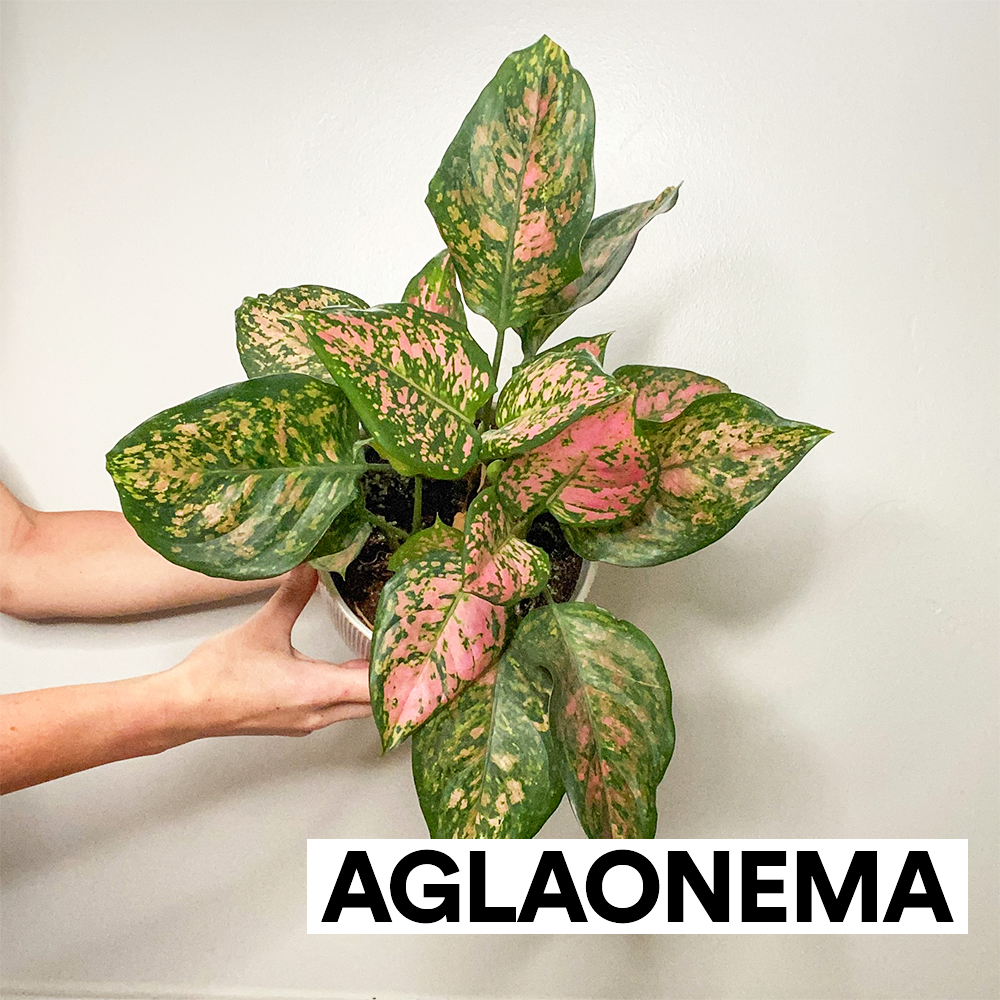
This bushy plant comes in silver, pink, or cream color variegation. If you are looking for something with a bit of color that is low maintenance, this is the one for you! It often will bloom in household conditions, which means it’s really happy. However, you’ll want to cut the stem of the flower to allow the plant to conserve its energy to continue growing. This plant is particularly sensitive to root rot that comes from overwatering so you’ll want to make sure it’s in a pot with good drainage.
Care Tips:
- Low to moderate lighting conditions
- Keep the soil moist, letting the top 1-2 inches dry out in between waterings
- Generally household humidity will work, but it will thrive with slightly higher humidity. Try placing near a bathroom or humidifier
- You can fertilize once a month from spring through fall, use fertilizer at half strength
Budget-Friendly Plant Care Tips
Knowing how to care for your specific plant is the first step. However, there are a few things that you can do to keep your plants thriving to avoid overspending and staying within your budget. Here are my top three budget-friendly plant tips:
1. Avoid overwatering with a moisture meter
Overwatering is the number one killer of houseplants, so investing in a moisture meter will help you avoid this mistake. A moisture meter is an instrument that doesn’t cost much but will help you determine the correct time to water your plants. Place the probe into the soil and it will read the level of moisture. Placing it in several different places in the soil will help you determine an accurate reading of the moisture level.
2. Make sure you’re buying a healthy plant
When you’re looking to purchase a plant, you’ll want to do a thorough inspection of the plant before you take it home. Buying an unhealthy plant is a waste of money, but often people aren’t sure what to look for. Here are a few things that you’ll want to keep an eye out for:
- Inspect the top and bottom of the leaves for pests. They can be really small so check very carefully for any damaged leaves or stems.
- Look at the roots. They should be tan or white. Anything mushy or brown is not healthy.
- Any brown or yellow spotting on the leaves can indicate a disease or care-based problem.
3. Create new plants from cuttings
Plants need to be “pruned” or trimmed every once in a while to cut away dead or overgrown branches or stems. When you are pruning your houseplants there is often a way to propagate the plant from the stem cuttings. This means that you can create new plants from the trimmings of your current plant. There are different ways to do this for every plant, so do a quick search based on the plant you are working with. I love doing this and gifting the small, new plants to my friends and family.
Adopting a new plant baby doesn’t have to be complicated or expensive. With these simple care tips, you’ll be on your way to finding a plant that’s right for your lifestyle and budget. If you’re looking for planters, fertilizer, and other plant care essentials, be sure to check out savings at your local stores in the home and garden section of the Flipp app.
